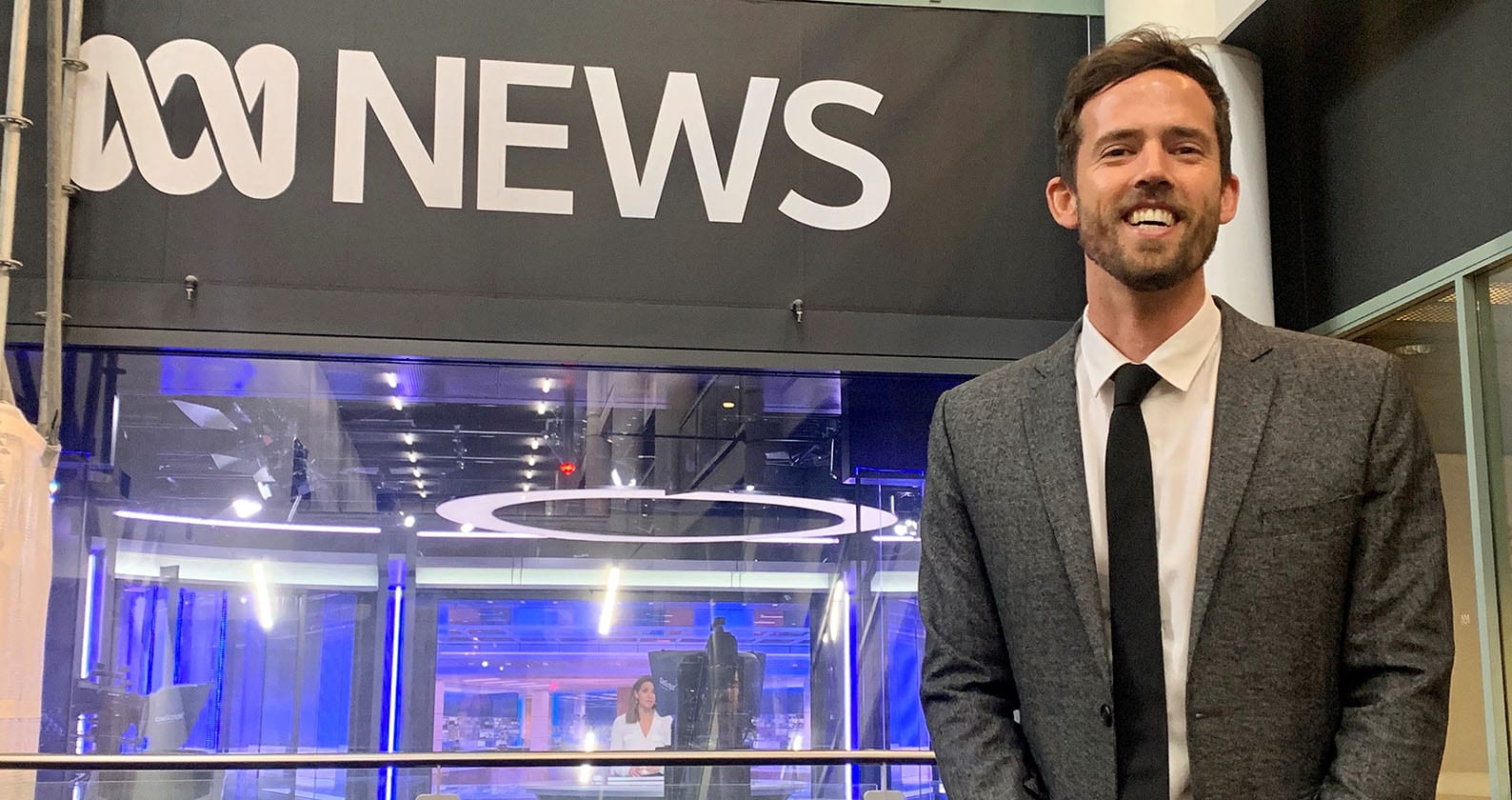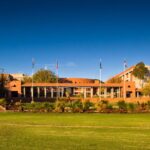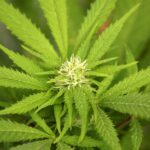Journalism is an evolving industry – and one that’s been dealt heavy blows in the past decade due to the rise of the internet, social media and ‘fake news’. Yet its continuing dynamic nature, and the drive to tell important stories, keeps things interesting for Curtin journalism alumnus, Nick Sas.
Sas has been in the news-reporting trenches for more than twelve years, and has experienced first-hand the shift away from print and television journalism to digital reporting.
“There’s no such thing as a ‘radio’ or ‘TV’ journalist anymore, you have to do everything, and do it well,” he reflects.
“I asked to get trained in digital journalism maybe around 2012, when the internet was just beginning to truly disrupt the way we consumed news – we all know where it ended up. So, I think it’s really important to be ready to adapt and understand how the audience is evolving.”
Sas currently works as a digital journalist with the ABC’s Specialist Reporting Team (SRT), which focuses on stories of national interest and impact.
“The SRT is a team of 20 journalists and producers focusing on ‘top tier’ exclusives and projects within specialist areas. For example, the national education correspondent is in our team. If he has an idea for a story, he pitches it, and three other editors I work with will decide the angle to take, and whether it works for digital (ABC News online, social media), TV (7pm news, News Channel, YouTube) or radio – or all three.
“My area of expertise is digital storytelling. Writing for digital is very different to TV and radio, so I’ll work with that reporter on what we need, the writing process and how we can tell the story visually. Then I edit the story, produce it, write the headlines and make it sing.”
Sas also researches and writes his own news stories. His recent work has covered the diverse aspects of the COVID-19 pandemic, including the global race to find a vaccine, border restrictions, job losses and Australia’s recovery plan.
He says the best way student journalists can prepare for writing about current affairs and events is to get experience as early as possible. While studying his journalism course at Curtin, Sas wrote stories for Western Independent, the online news publication run by Curtin student journalists, and the university’s student guild magazine, Grok.
“The most useful thing I found was actually getting my work published. There’s no greater training tool than actually writing and getting feedback from editors and readers,” he says.
“Grok and Western Independent were so important for me. It was a real thrill to see my name on a published news article.”
After graduating from Curtin in 2007, Sas’s work portfolio helped him secure the role of cadet journalist with the Albany Advertiser. He upped sticks from Perth city and spent almost two years reporting on regional news in the southwest.
“Working in a regional area is something every journalist should do, in my opinion. My stint in Albany taught me about accountability – you might see someone walking in the street the day you reported on them, so it was important to get things right.
“And I learned about news gathering and working your contacts. Albany is pretty sleepy at the best of times, so quite often you needed to do a little bit of digging to find the gold.”
Seeking a slightly quicker news cycle, Sas moved back to Perth in 2010 and worked as a business reporter for Seven West Media. He excelled in this role, including winning a WA Media Award in 2016.
But after six years with the media giant, Sas set his sights on a new career chapter and went and volunteered in the Solomon Islands. There, he spent 12 months training the local media team in digital journalism and learning some new skills himself.
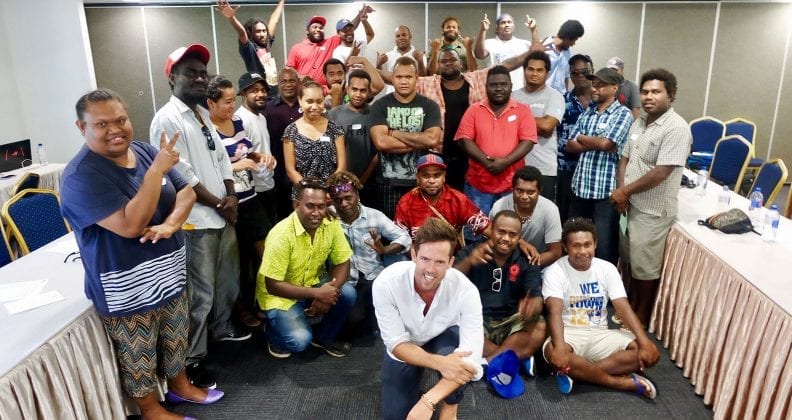
“Professionally I learned about patience. In the Solomon Islands they work at a different speed to us. It took me a couple months to get used to that.
“At Solomon Islands Broadcasting Corporation, where I did my assignment as a digital media trainer, the internet would go out for hours. At first it would annoy me as I wanted to get tasks done – something we’re conditioned to do in Western work life.
“But then I came to realise this was beyond my control. It was something I learnt to deal with every day. It taught me about letting go and adapting.”
Not every journalist would give up their job in a turbulent industry to go and live an island life, but Sas says his volunteer experience has been the highlight of his career to-date, and he plans to go back and conduct more training as soon as he’s able.
“Volunteering in the Solomon Islands created pathways for me. It made me reassess what was important, and in many ways led me to my current job [with the ABC].”
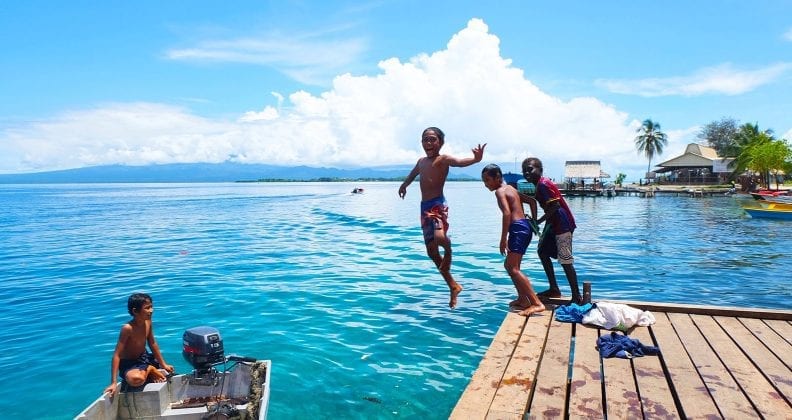
New era of journalism
Today, journalists are able to tell more diverse stories and reach more readers via social media, yet they’re also contending with a lightning speed news cycle, juggling political and advertising agendas, and vying for readership loyalty amid the ubiquity of fake news and ‘churnalism’.
“Our industry has been decimated. And will continue to be. Thousands have lost their jobs and the news model has been flipped on its head. It is a tough industry. It’s constantly evolving and it’s exhausting,” Sas comments on the current state of affairs.
Yet he remains positive there’s still a place for journalism, and says that in an era of disinformation and during a global health pandemic, astute reporting is needed more than ever.
“In terms of the future for journalism it’s hard to say – things change every day! But the appetite for news has never been greater and I hope we’re on an upward tick back up from a pretty confused time for disseminating factual information.
“In Australia, I think we’re getting to a point where people are beginning to understand more and more where their news comes from and whom they can trust. If you look at the statistics for the ABC news website in March – during the peak of the COVID-19 crisis – more than two out of three Australians (more than 16 million people) accessed an ABC news article online. That’s pretty extraordinary.
“I believe it’s because people trust the ABC, particularly in times of crisis. I mean we’re in a privileged position being the national broadcaster … but it gives me hope that people are turning to reputable news sites more and more.
“I do hope that people will continue to think critically about what they’re reading or watching and where it comes from. It has never been more important.”
Signing off, Sas says don’t consider a career in journalism unless you’re “100 per cent in”. He also says you need to keep an open mind – sage advice not just for future reporters, but for all consumers of news.
“Have a big social group and don’t hang out with people in your ‘bubble’ all the time – blind reinforcement is dangerous; debate keeps you on your toes.
“Be adaptable, and be ready to get brutalised by the public, your colleagues and your editor. Finally, get off social media and read instead.”
